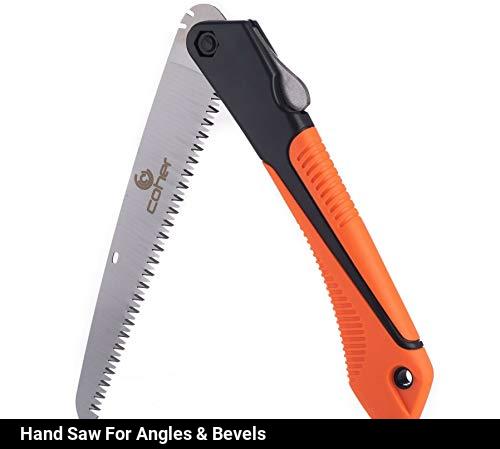Beautiful Plants For Your Interior
Beautiful Plants For Your Interior

Cutting long boards with a circular saw is easy! First, secure the board to a workbench or sawhorses. Measure the desired length and clamp a straight edge to the board as a guide. Position the saw blade on the mark and make sure it's perpendicular to the board. Finally, start the saw and cut along the straight edge.
To cut mitered corners with a circular saw, start by marking the desired angle on the workpiece. Then, set the saw blade to the angle and make the cut. Repeat the same process on the other side of the workpiece to complete the mitered corner.
To rip a board with a circular saw, set the saw blade to the desired depth, push the board against the saw and guide it along the cutting line. Make sure the saw is firmly secured to the surface. Wear protective gear such as safety glasses and hearing protection.
The best way to clean and maintain a hand saw is to regularly wipe down the blade with a cloth, and oil the blade after each use. Additionally, it's important to sharpen the blade regularly to ensure it remains sharp and efficient.

To prevent damage to a hand saw, store it in a dry, cool place away from any moisture or heat. Make sure to cover the blade with a protective sheath when not in use.

To safely cut a large piece of wood with a hand saw, use a straightedge guide to ensure a straight cut. Secure the wood in a vise to keep it stable. Use a saw with a sharp blade and a steady motion to make the cut. Wear safety goggles and gloves to protect your eyes and hands.
The proper way to start a cut with a hand saw is to make a pilot hole in the material you are cutting. Then insert the blade into the hole and slowly begin to guide the saw through the material.

To make a clean and smooth cut with a hand saw, use a saw with sharp teeth, hold the saw straight and firmly, and saw slowly, applying steady pressure.

Yes, you can use a hand saw to cut angles or bevels. Be sure to use a saw with a thin blade to ensure accuracy and sharp angles.

To choose the right size hand saw for your project, measure the thickness of your material and select a saw with a blade length that is at least 1/8" longer than the material's thickness.